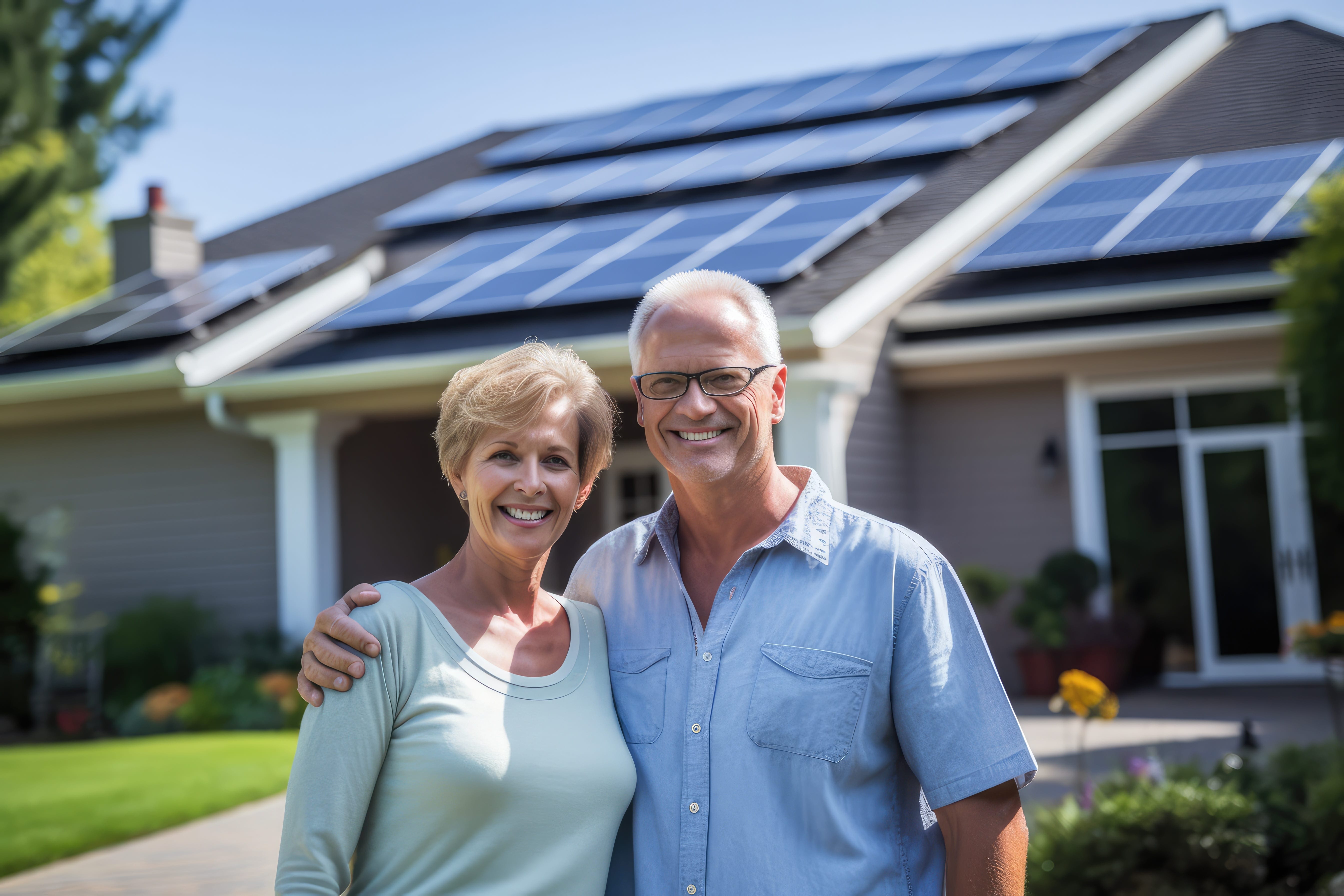Why Doesn’t Everyone Get Solar

Solar saves you money. Lots of money. Typical payback (time taken for the money you have invested to come back to you) is 8 to 10 years – even if you assume the higher end of that range, you get fifteen years of free power because the solar system lasts for 25 years!
On top of it, it increases your home value. By at least 4% according to Zillow.
Plus, you do your bit for the environment. The more solar power you consume, the lesser the amount of fossil fuels we burn.
Then there are all the Government incentives that make it even more attractive.
Meanwhile, the solar penetration in US (number of homes that have adopted solar tech) is in single digits. Less than 5% arguably. Germany, in contrast, has more than 50% penetration.
So, why is the USA behind? Shouldn’t everyone already have solar installed by now?
Well, the reasons are simple but will take some effort to overcome:
- To the first order, cost of solar have come down quite recently. Solar industry insiders measure the cost of solar in terms of dollars spent per watt or $/W. If the $/W is $0.30 then a 10KW system will cost $30,000 before incentives and subsidies. Between 2010 and 2020, the cost of solar came down 64% [see chart below]! And it wasn’t until it came down below $4/W did the market take off. Every year thereafter, the number of solar installations has grown exponentially. In 2022, a million households installed solar as opposed to a few thousand in 2010.

- Solar was in the ‘early adopters’ phase and has only just now moved into the ‘early majority’ phase. What does that mean? These are terms used in a very famous economic model called the technology adoption curve which says that any new technology is adopted in a predictable way – through their adoption by different customer segments. The demographic and psychological profiles of each adoption group were originally specified by agricultural researchers in 1956. New technologies (in this research, farming techniques were studied) were adopted by different groups of people at different stages of the technology’s evolution. Innovators are the first to adopt new tech, these individuals are usually rich, and are more risk oriented. Early adopters tend to be community leaders but are comparatively less prosperous. Early majority – more conservative but open to new ideas, active in community. Late majority – older, less educated, conservative, and less socially active. Finally, laggards – very conservative. Given solar’s falling costs, the tech has now moved to the middle of the curve.

- Labor shortage: As the market for solar expands and tech adoption rates become exponential, industry must keep up with the changes. Solar is labor-intensive. Someone – often more than one person – has to climb atop the roof and plug in the panels. They need to be trained. There have to be customer support teams to handle inbound and outbound. Sales teams to cater to the demand. Factory capacity and works to build sufficient product, etc. All these factors take time and a huge amount of investment. Usually, in rapidly growing markets, supply will lag demand and our bet is that the solar industry ecosystem hasn’t kept up pace but it’s certainly taking shape as adoption rates go up.
- The cash problem: Solar can be financed with lease, loan, or cash. There’s enough data to suggest cash has the best ROI for solar. The payback periods are at least 15% lower than loans. However, nearly 2/3rds of Americans prefer loans! Whether this is ingrained consumer behavior or prudent cash management is up for debate but when a market is credit dependent, other factors such as federal interest rates and inflation enter the picture and distort the growth rates. Given solar is a big investment but has amazing appreciative value (as compared to, say, a car), there’s a high need for more consumer education. In Germany – the example we cited above – the percentage of business through cash is much higher than USA.
- Lastly, we believe it’s just a matter of getting more people excited about solar! Well, that was the whole point of this web resource, tbh!
It’s never been a better time to adopt solar. Because of everything you’ve read so far. And there’s more content on our website for you to educate yourself.
Convinced yet? No? It’s always best to speak to an installer local to your area to find out what works best for you. They know the electricity codes in your area, the state regulations, the fire safety rules etc. And they are community partners who are available round the clock for their prized customers. If you’d like to speak to one, click here and we will get you going.
